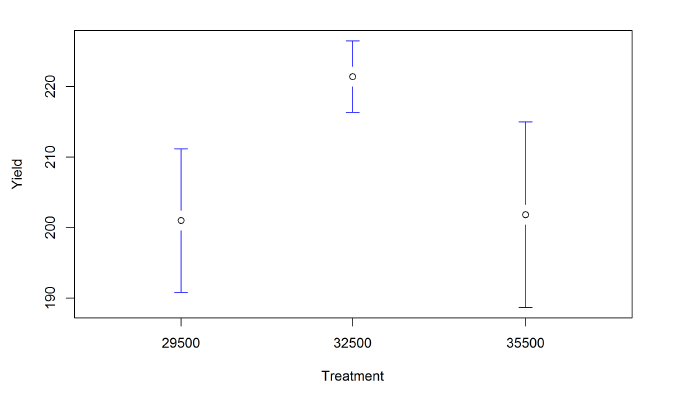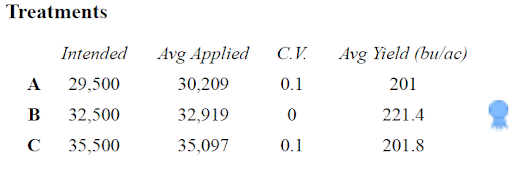With Christmas fresh in the rear-view, I’m reflecting on the gifts I gave and whether or not they were the ‘right’ gift for each person. What quantifies a good gift in my mind is not at all what quantifies a good gift to my husband. I’ve learned I need to ‘speak his language’ if I want to choose something that really sparks joy for him. The funny part? The gift itself doesn’t matter to him! What matters to him is that the gift is well-researched and that it’s the choice the research says was best among similar options. This year, my husband got a new angle grinder power tool. The angle grinder could’ve cost $80 or $400, he doesn’t care—so long as he hears these words: “I spent endless hours looking for the best angle grinder and based on multiple sources of research, this is THE angle grinder to beat all angle grinders.”

In today’s digital age, we can find information faster than ever before. It’s become more important to know whether an information source is reliable, given there are a lot of opinions floating around when we need facts we can trust.
Every year, as a farmer, you make critical planning and management decisions that affect your livelihood and farming operation. If you’re like me and won’t buy a gift without reading multiple reviews, how do you choose what seed to buy, how much fertilizer to apply, what additives to use, what rate to seed at, or make any other farm management decision without a way to check whether or not it is a profitable decision? What if you knew the answers based on research and data? What if someone could hand you data to tell you if your inputs are a profitable decision?
Here’s an illustration from 2019. A farmer was trying to understand the right planting population for a particular hybrid. He could look at a few different pieces of information available including (not limited to) information from the seed company, information from his historic productivity, and a recommendation from a local advisor. Based on the available information, he chose to variable rate seed his field and also include some randomized, replicated population studies (around 3 acres in size) within different productivity zones to help ‘check his work.’
Going into the trial, we expected that he would’ve seen a yield response to increased planting population (up to 37,000 seeds/acre) in the higher yield environment based partially on the fact it was a semi-determinate ear and partially because the seed company research said so. Were we using good information sources? Sure. But did we need more local data? Yep. Instead of a yield bump from higher populations, the farmer found that 32,500 seeds was the right rate for this hybrid in that environment using statistical data. The yield response to finding that right rate was 20 bushels on either side—an $80 revenue swing—whether we planted too high or too low. What an important piece of information to have next year!


The point is two-fold. The information sources you use in farm management decision-making have a drastic impact to your bottom-line. It’s important to measure and ‘check your work,’ on your own fields. You may be making the wrong management choices without even knowing it. If you wouldn't buy a new shop tool without doing homework on the options, doesn't it make sense to use the same approach with farm management using multiple layers of data to make an informed crop decision?



